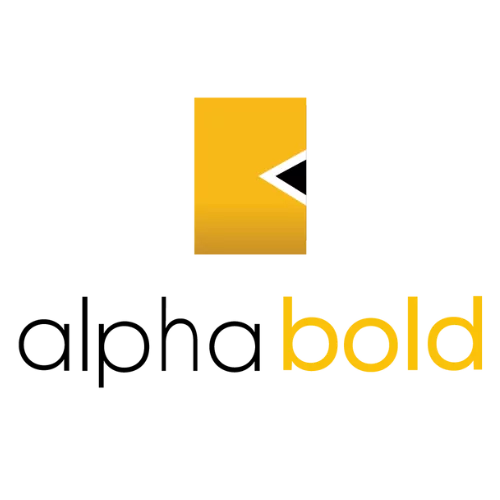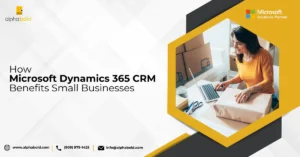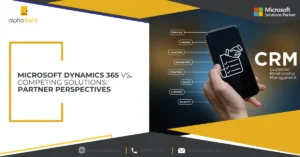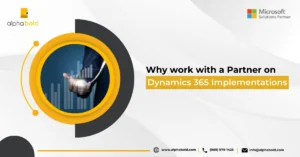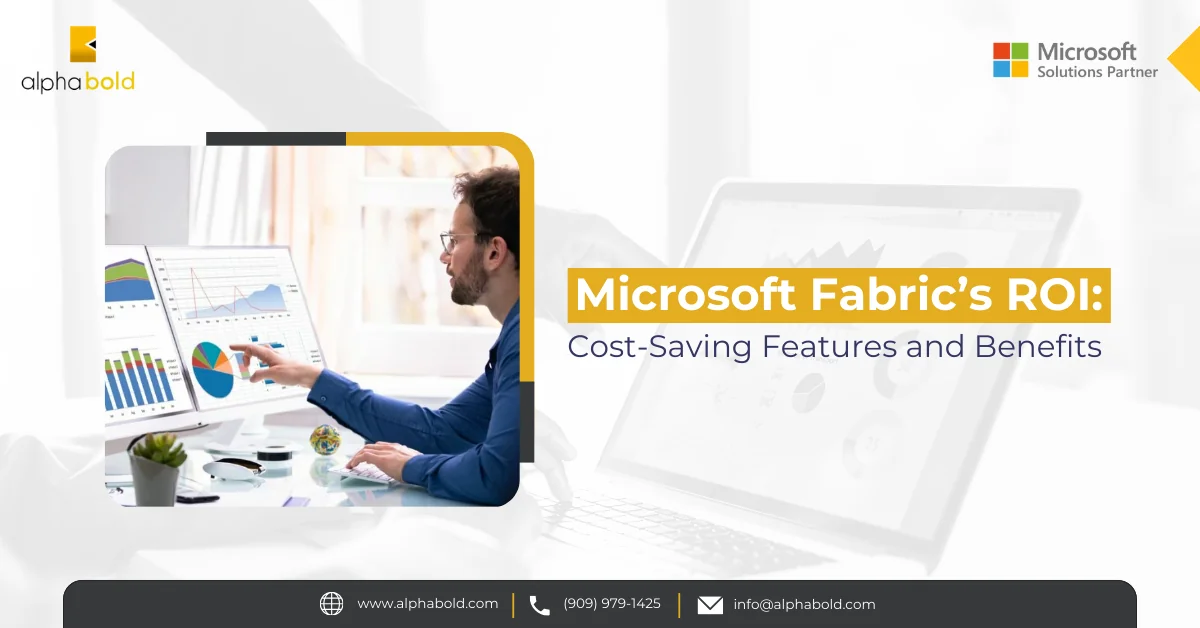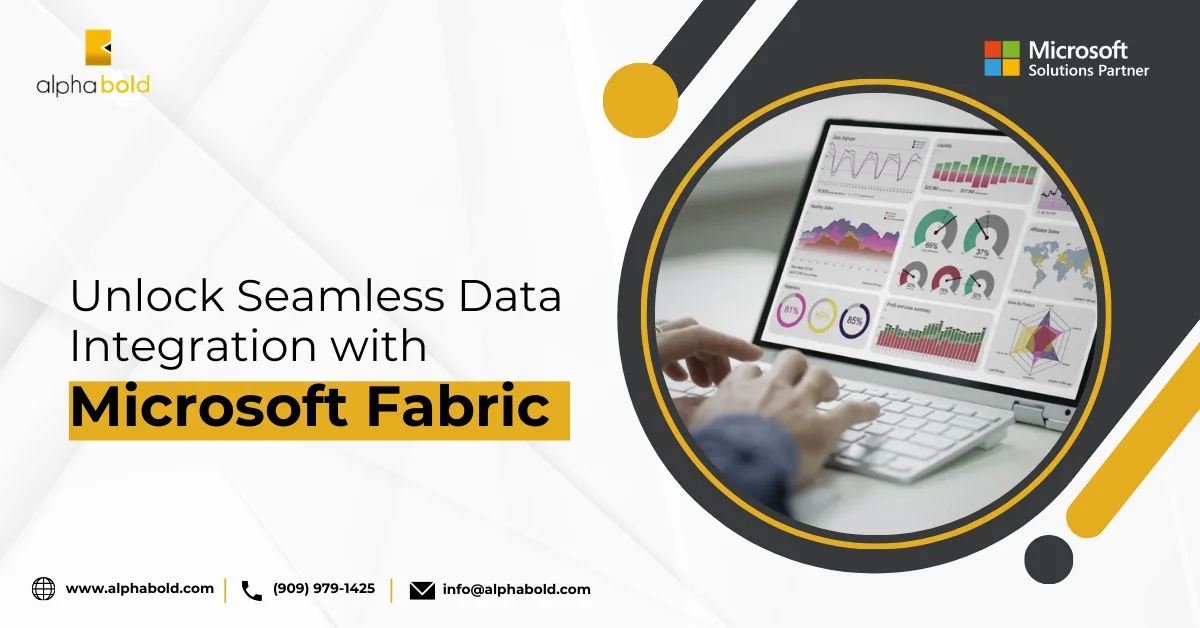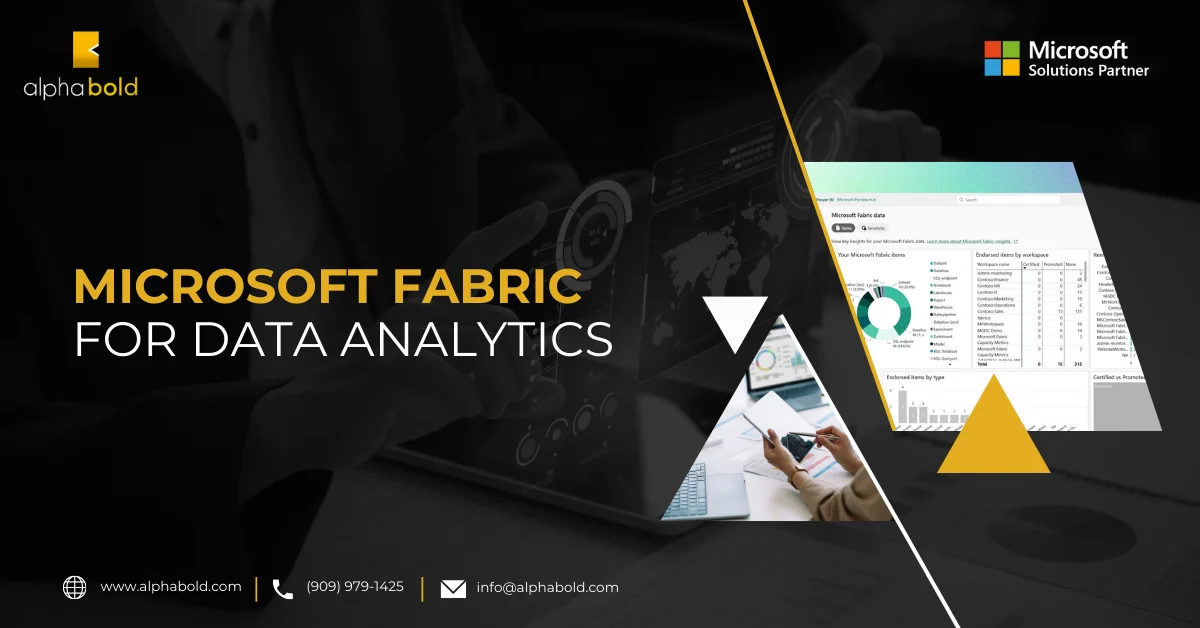Introduction
Fabric is now available to the world, boasting a comprehensive suite of tools tailored to every data steward’s needs. And the best part? All the data services are free! Now, pause for a moment. Doesn’t that sound too good to be true? How can Microsoft Fabric offer a plethora of services like Data Factory, Synapse DWH, real-time analytics, Spark instances, Python notebooks, OneLake, ML models, and experimentation, all without charging an extra dime? It’s a question that has many scratching their heads in disbelief. But if it’s indeed real, it’s poised to revolutionize the industry as we know it. Yes, you heard it right. Microsoft Fabric services aren’t just a product; they’re a game-changer, set to fundamentally alter the landscape.
Unraveling Microsoft Fabric Services: A Comparative Analysis
Microsoft even drew a parallel between the launch of Fabric and the groundbreaking introduction of SQL Server back in 1998. Such bold comparisons inevitably spark curiosity and skepticism alike. Many of my clients express their doubts, wondering if Fabric truly lives up to Microsoft’s lofty claims. So, I have taken it upon myself to embark on a series of blogs, delving deep into the comparison between Azure data services and Microsoft Fabric services. After all, it’s crucial to grasp the nuances of Fabric’s components before passing judgment.
Now, you might be rolling your eyes, thinking this is just another cliché portrayal of Microsoft Fabric. But let me assure you, beneath the surface lies a beauty worth exploring. And I, for one, am eagerly hopping on the bandwagon. Let’s unravel the marvels of Microsoft Fabric together.
I didnt add Data Activator as it is still in preview, but I will also write a blog on Data Activator soon.
Learn More: Microsoft Fabric’s ROI: Cost-Saving Features and Benefits

Explore Microsoft Fabric Services
Discover the comprehensive suite of tools and services offered by Microsoft Fabric. Dive into data engineering, warehousing, and real-time analytics.
Request a DemoLet's Delve into the Nitty-gritty of Costs:
With Microsoft Fabric services, it’s all about capacity-based pricing. This means you’re not paying for individual services; instead, you are purchasing a capacity that conveniently includes all the services at no extra charge. Sounds pretty straightforward, right?
But here’s the kicker: Microsoft Fabric services include a bonus feature that’s sure to catch your attention. You can actually pause and resume your Fabric Capacity using logic apps. Imagine the possibilities! This isn’t just a neat trick; it’s a game-changer for your billing strategy. Stay tuned for an upcoming blog where I’ll guide you through the steps to pause and resume Fabric capacity, helping you optimize your spending and keep those costs in check. Trust me, your wallet will thank you later.

Revolutionize Your Real-Time Analytics
Experience the seamless integration of KQL, Querysets, and Event Streams with Microsoft Fabric services. Transform your real-time data analytics.
Request a DemoDo I Need a Power BI Pro License with Microsoft Fabric Services?
If you opt for F-64 or above in your Microsoft Fabric Capacity, you are in luck. You won’t need to splurge on Power BI Pro licenses for your end users. It’s essentially like snagging a P1-SKU of Power BI Premium. However, there’s a tiny caveat: you still require at least one Power BI Pro license for content creation.
To make things crystal clear, I have whipped up a handy table that compares Microsoft Fabric Capacity with Power BI. Let’s dive in and demystify this licensing puzzle once and for all.

Do I Need to Pay Anything Else?
Microsoft Fabric services operate on OneLake, which serves as the storage hub for all your data within the Fabric ecosystem. Now, here is the catch – regardless of whether you hit the pause button on your Fabric Capacity or you’re actively utilizing it, you’re still on the hook for storage costs.

Yes, you heard that right. You will need to pony up for storage, and it’s billed on a per-gigabyte-per-month basis. It’s the cost that keeps ticking, ensuring your data is securely stored and readily accessible whenever you need it.
I will now compare apples to apples and provide you with a detailed breakdown of the differences between Azure services and those found in Microsoft Fabric.
The Differences Between Azure and Microsoft Fabric Services
Data Engineering Services:
Azure’s data engineering services have long been scattered across various Azure platforms. However, Microsoft has now consolidated them all under the unified banner of Microsoft Fabric services. To streamline this, I have compiled a comprehensive table comparing these services within and outside of Microsoft Fabric.
And yes, you are right, you don’t have to pay separately for any of these services.

Synapse Data Warehousing:
The benefits of data warehousing are well-known, yet managing big data warehouses can be challenging, especially with traditional relational databases like Azure SQL Server or Microsoft SQL Server. Azure took a groundbreaking step by introducing a Multi-Parallel Processing Data Warehousing (DWH) engine designed specifically for big data challenges. While undeniably powerful, this platform often comes with a hefty price tag.
But here’s the kicker: Azure Synapse DWH, with its unparalleled processing power, is now seamlessly integrated into Microsoft Fabric, and the best part? It’s included at no extra cost. Yes, you heard that right – no additional charges. It’s a game-changer for data professionals looking to harness the power of big data without breaking the bank.

Data Factory:
Data Factory serves as the gateway to bring data into the platform, a crucial step in any data management strategy. While Azure offers Data Factory Gen 2 as a standalone service, within Fabric, Data Factory comes bundled in at no additional cost.

I have delved into the intricacies of both Azure Data Factory and Microsoft Fabric Data Factory in a separate blog. It’s essential reading for anyone embarking on a Data Factory project within the Fabric ecosystem. Understanding the nuances between the two ensures you are equipped with the knowledge needed to make informed decisions and maximize the potential of your data integration efforts.
Synapse Data Science:
This module is a game-changer for your data science projects, offering a comprehensive suite of services to streamline your experimentation and model training processes. With Microsoft Fabric services, specifically Synapse Data Science, you have the power to create massively scalable pipelines for ML models, utilizing various machine-learning frameworks to suit your needs.
One of the standout features is its capability for model training, which is often both complex and costly. Yet, with Synapse Data Science, you can train your models efficiently, saving valuable time and resources. Additionally, it boasts Data Wrangler, providing a Power Query-like experience for generating Python code. Imagine the convenience of using a user-friendly interface with drag-and-drop features to generate Python code effortlessly.
Synapse Data Science covers all the bases in the experimentation process, allowing you to prepare, model, evaluate, and explore your data seamlessly. However, it’s worth noting that it doesn’t include AutoML capabilities.

For a deeper dive into the features and functionalities of Synapse Data Science, be sure to check out the following blog. It’s your ultimate guide to unlocking the full potential of this groundbreaking tool.
Unlock the Power of Synapse Data Science
Streamline your data science projects with Microsoft Fabric's Synapse Data Science. Experiment, model, and analyze your data efficiently.
Request a DemoSynapse Real-time Analytics
Wow, this one’s a bit tricky. If you’ve ever worked in Synapse Real-time analytics, used KQL, or ventured into Azure Event Hub, you will be thrilled to know that they are all seamlessly integrated within Microsoft Fabric services. Here’s where it gets interesting – while other Azure real-time services typically require separate storage locations to store and process data, Synapse Real-time brings everything together on OneLake.
But that’s not all. Synapse Real-time has revolutionized the game by transforming real-time analytics into a low-code or even no-code experience. It’s a paradigm shift that’s sure to shake up the industry.


This topic is rich and deserves a deep dive. That’s why I’ll be rolling out a sequence of blogs to explore every nook and cranny of Synapse Real-time analytics within Microsoft Fabric. Stay tuned for updates – I will keep you all posted as we unravel the mysteries together.
But that’s not all. Synapse Real-time has revolutionized the game by transforming real-time analytics into a low-code or even no-code experience. It’s a paradigm shift that’s sure to shake up the industry.
Transform Your Business with Microsoft Fabric
Leverage the advanced capabilities of Microsoft Fabric to enhance your data management and analytics. See how it can revolutionize your business.
Request a DemoConclusion
In conclusion, Microsoft Fabric services stand poised to redefine the landscape of data services and analytics. By consolidating all of Azure services into one cohesive platform, Fabric offers unparalleled convenience, efficiency, and cost-effectiveness. Whether you are delving into data warehousing, real-time analytics, or machine learning, Fabric provides the tools you need to succeed. Join us on this journey as we continue to explore and harness the full potential of Microsoft Fabric. The future of data has arrived, and it’s more exciting than ever before.
Explore Recent Blog Posts

